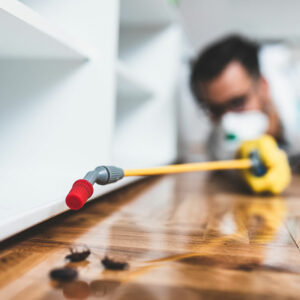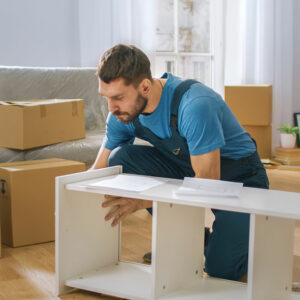
01
Avoid these 11 door and window cleaning mistakes
Maintaining clean windows and doors not only enhances the aesthetics of a space but also promotes a healthy indoor environment. However, there are common mistakes that individuals often make in the cleaning process, which can hinder its effectiveness and lead to subpar results. Avoiding these cleaning mistakes is essential for achieving a spotless, streak-free finish. Adopting alternatives ensures a more efficient and effective cleaning process, ultimately leading to windows and doors that gleam with brilliance. Using the wrong cleaning products One of the most prevalent blunders is using inappropriate cleaning products. Harsh chemicals or abrasive cleaners can wreak havoc on window and door surfaces, leaving unsightly streaks or scratches. Not only does this impact the appearance, but it also compromises the durability of the materials over time. It’s important to note that some cleaners can even react with specific materials, leading to irreversible damage. Opt for mild, non-abrasive cleaners, or consider homemade solutions like a mixture of water and vinegar. This gentle approach effectively removes grime without harming the surfaces. Neglecting the use proper equipment Another oversight is neglecting the significance of quality cleaning tools. Worn-out squeegees, frayed cloths, or inadequate brushes can result in streaks, smudges, or missed spots. This mistake can inadvertently increase the time and effort required for a satisfactory result. Investing in high-quality cleaning tools like a reliable squeegee, microfiber cloths, and a sturdy and extendable brush is essential for achieving professional-level results. Cleaning in direct sunlight Cleaning windows and doors in direct sunlight is a common mistake that can hinder the process. The heat from the sun causes cleaning solutions to evaporate quickly, leaving behind residue and streaks. It not only diminishes the effectiveness of the cleaning but also makes it harder to achieve a streak-free finish. Additionally, the heat can cause cleaning solutions to dry unevenly.
Read More 










